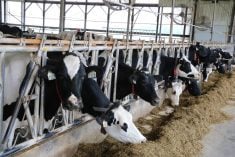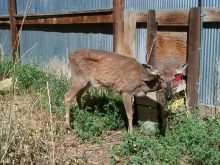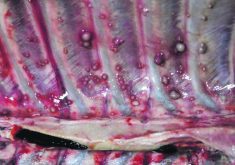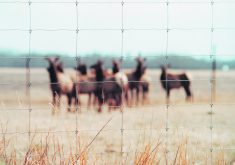NISKU, Alta. — A live test for chronic wasting disease will help elk producers manage the disease so that they will no longer need to kill an entire herd in the search for additional cases, said the chair of the Elk Research Foundation.
“This is an important development in our industry,” said Harvey Petracek, a Saskatchewan elk producer and research lead on the RAMALT testing study, which is short for rectal and anal muscle and associated lymph tissue.
Testing tissue from the rectal area is a screening tool elk producers hope will soon be available to identify CWD positive elk without killing the animals.
Read Also
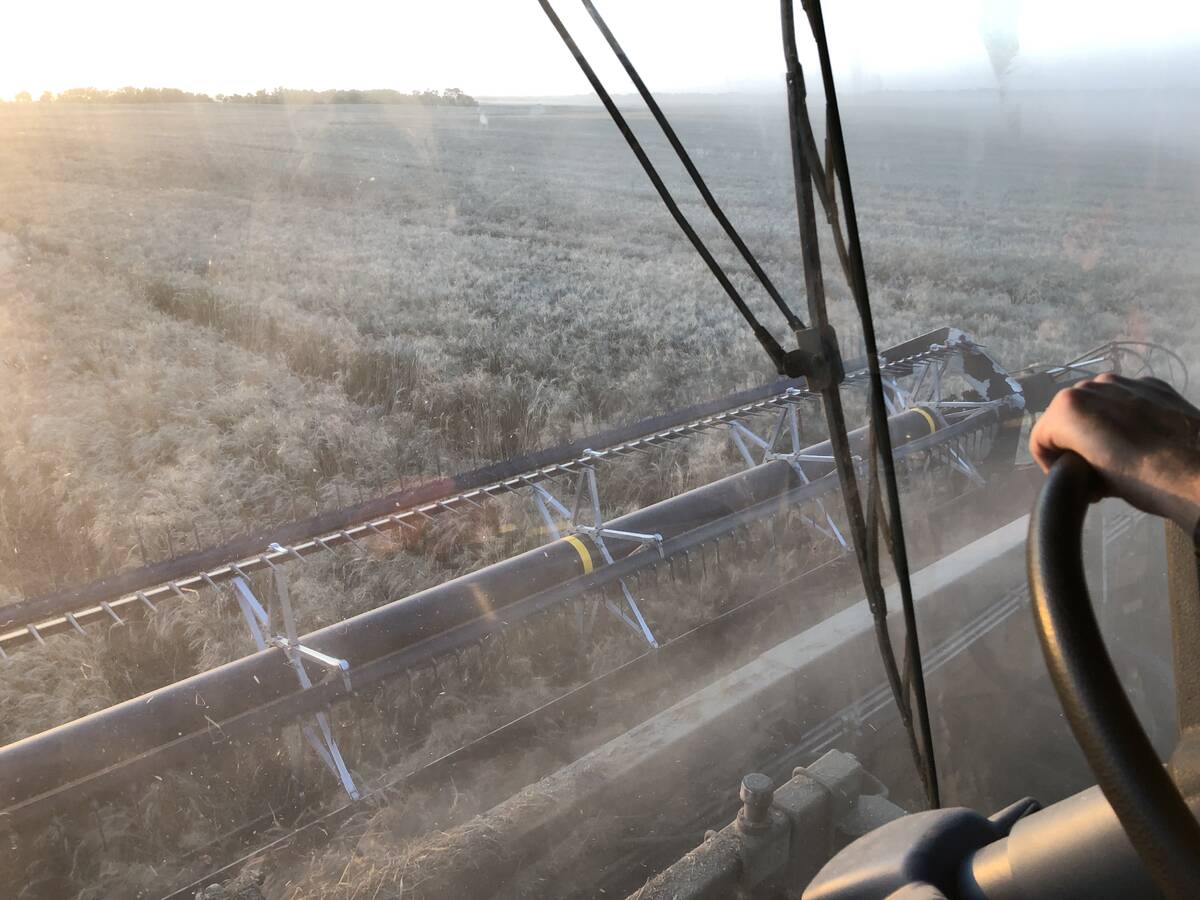
Mail strike disrupts grain sample delivery
The Canadian Grain Commission has asked farmers to consider delivering harvest samples directly to CGC offices, services centres or approved drop offs as Canada Post strike delays mail.
Related stories in this issue:
“We’re changing our focus to managing the disease on the farm. The idea behind using RAMALT may not be to find every animal that is positive right away but to get them out of the herd fast enough so they don’t spread the disease to the rest of the animals,” said Petracek of Yorkton.
Under the study, 150 elk were tested with the RAMALT test. Any animals that tested positive were later sent to an official government laboratory and subjected to the traditional head tests. All the animals that tested positive with the RAMALT test were confirmed positive by the head test. Four animals that tested negative with the RAMALT test were found to be positive with the traditional test.
At a cost of about $150 to $170 per animal, including veterinary costs, Petracek said the new live test will likely only be used in herds that have known CWD cases to identify positive elk and remove them without having to kill the entire herd.
“Once we have gone through the first round of testing and cleaned out the positive animals, we find we get very little or no CWD showing up in the old animals. There is some thought that the older animals are immune to it.
“This is for us to screen our animals and carry on our business. Multiple testings are going to happen,” Petracek told elk producers at the Alberta Elk Commission convention.
Now, the RAMALT test is limited to use in Saskatchewan because only a handful of veterinarians from Saskatchewan are trained. The Prairie Diagnostics laboratory in Saskatoon is the only lab certified to do the tests.
If Alberta producers wanted to adopt this test, an Alberta lab needs to be accredited and Alberta veterinarians trained.
Despite the success of identifying elk with CWD, there is reluctance from the Canadian Food Inspection Agency to move toward live testing, he said.
Petracek said this test may mean the difference between elk producers staying in business or quitting following a positive case of CWD in their herd.





